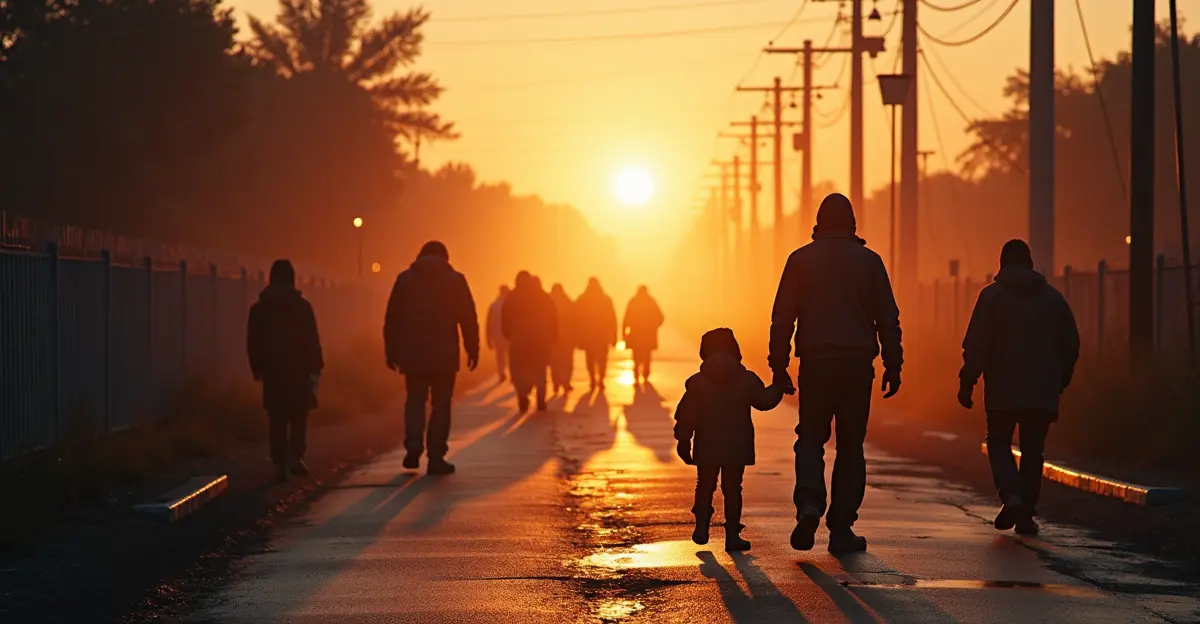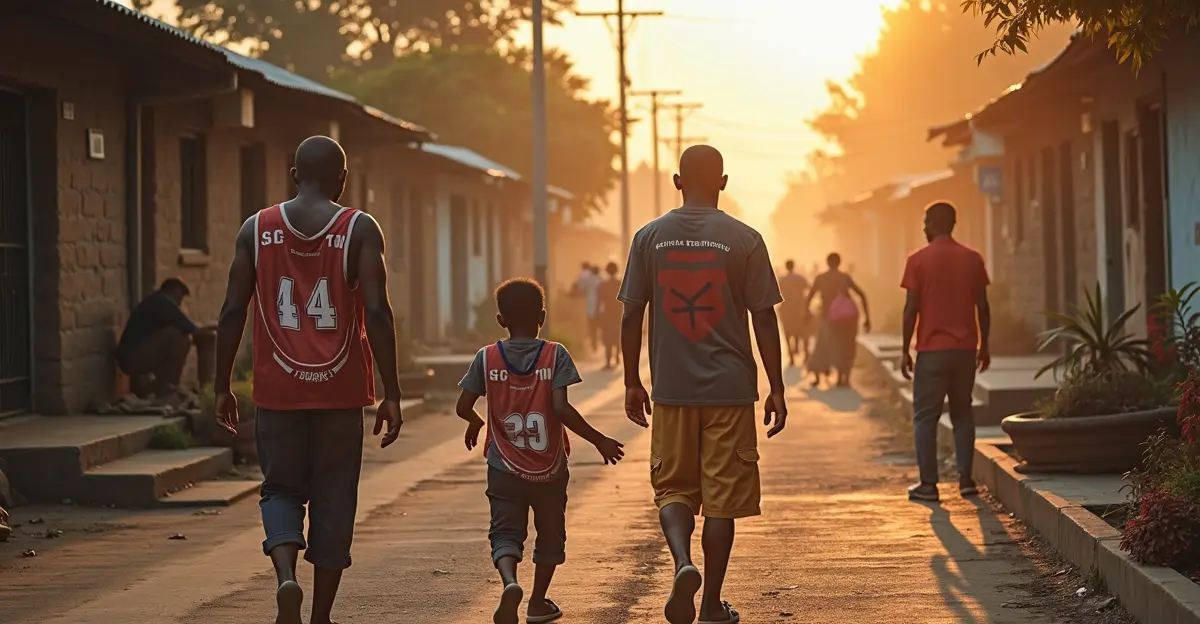New 2025 research shows neighborhood temperature variations significantly impact hospital admissions, with heat-vulnerable areas experiencing 15-25% higher rates. Study recommends urban greening and climate-adaptive planning to protect public health.

New Research Reveals Microclimate Health Impacts
A groundbreaking study published in 2025 has established a direct correlation between neighborhood-level temperature variations and hospital admission rates, providing crucial insights into how microclimates affect public health outcomes. The research, conducted across multiple urban areas, demonstrates that even small temperature differences within cities can significantly impact healthcare systems and vulnerable populations.
Methodology and Key Findings
The study analyzed high-resolution satellite temperature data alongside emergency medical service records from urban centers, employing sophisticated statistical models to isolate the effects of localized heat patterns. Researchers found that neighborhoods experiencing higher temperatures due to urban heat island effects showed 15-25% higher hospitalization rates during heatwaves compared to cooler areas with more green space.
'Our findings demonstrate that the built environment directly influences health outcomes through temperature regulation,' said lead researcher Dr. Maria Chen. 'Areas with limited vegetation and high concentrations of heat-absorbing materials like concrete and asphalt create dangerous microclimates that disproportionately affect vulnerable residents.'
Vulnerable Populations at Risk
The research identified several groups particularly susceptible to microclimate-related health impacts. Elderly residents, individuals with pre-existing cardiovascular and respiratory conditions, and low-income communities living in heat-vulnerable neighborhoods faced the highest risks. The study documented increased emergency department visits for heat-related illnesses, dehydration, and exacerbation of chronic conditions during periods of elevated temperatures.
Projections indicate that without intervention, extreme heat could cause millions of additional hospitalizations by 2100 under current climate scenarios. 'We're seeing a clear pattern where socioeconomic factors intersect with environmental conditions to create health disparities,' noted public health expert Dr. James Rodriguez.
Policy Implications and Solutions
The study's authors recommend several evidence-based strategies to mitigate microclimate health impacts. Increasing urban green spaces, implementing cool roof programs, and strategic tree planting in heat-vulnerable neighborhoods emerged as the most effective interventions. Research showed that properly shaded areas can reduce local temperatures by 2-5°C, significantly lowering heat-related health risks.
'Urban planning must prioritize climate adaptation to protect public health,' emphasized urban designer Sarah Johnson. 'Simple interventions like increasing tree canopy coverage and using reflective building materials can dramatically improve neighborhood microclimates and reduce healthcare burdens.'
The findings highlight the urgent need for integrated approaches that combine urban design, public health policy, and climate adaptation strategies to create healthier, more resilient communities in the face of rising temperatures.

 Nederlands
Nederlands
 English
English
 Deutsch
Deutsch
 Français
Français
 Español
Español
 Português
Português









